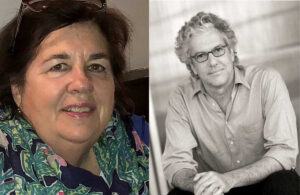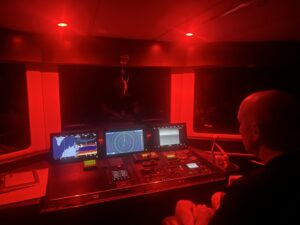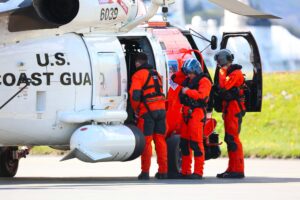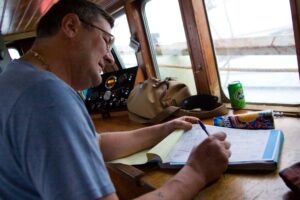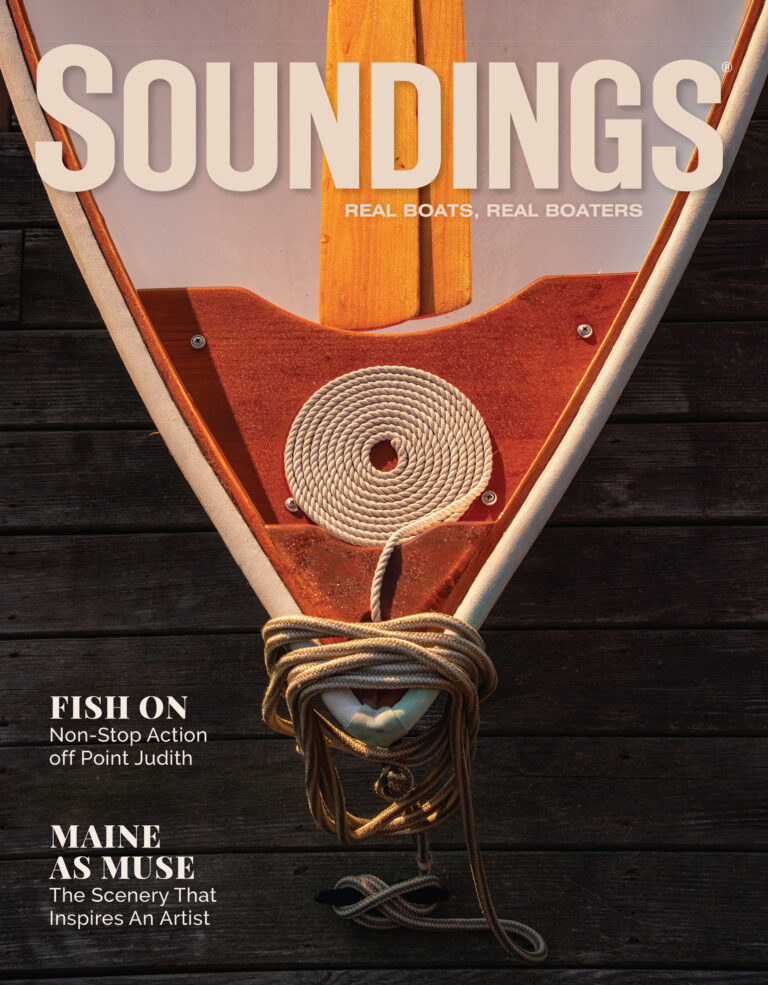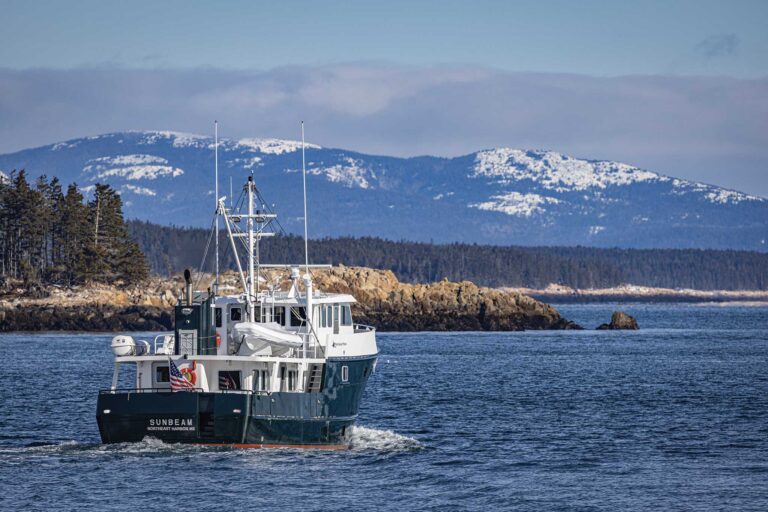
Twenty-nine years ago, after the collapse of three royal marriages and a fire at Windsor castle, Queen Elizabeth II named 1992 her “annus horribilis.” In 2020, after suffering through the worst pandemic in a hundred years with a virus death toll that would exceed 300,000, and some of the most acrimonious politics in U.S. history, most Americans would likely say that 2020 was their annus horribilis.
But the end of 2020 brought one very bright spot when two French sailors competing in the most prestigious solo round-the-world race showed us what it means to be human.
Like all competitors, professional sailors want to win, but in ocean racing there is one thing that can beat you harder and more decisively than your fellow sailors: Mother Nature.
Such was the case for the 40-year-old French skipper Kevin Escoffier on November 30 when his foiling Imoca 60 PRB nosedived into a Southern Ocean wave at 27 knots and folded the bow upward at a 90-degree angle. Right there, 840 miles southwest of Cape Town, South Africa, Escoffier’s Vendée Globe race ended, and his fight for survival began.
Escoffier only had seconds to send out a Mayday before the incoming waters fried his electronics, forced him into his life raft and sent his boat to the bottom of the ocean. “I need assistance. I am sinking. This is not a joke,” he texted his team.
Floating around in what are probably some of the angriest waters on the planet, Escoffier’s situation was dire. Far south of commercial vessel traffic, with winds between 20 and 25 knots and waves of 15 to 20 feet, his survival lay in the hands of one small group of people, his fellow competitors.

Escoffier was in third place when his high-tech carbon fiber boat succumbed to the ocean. His position near the head of the fleet turned out to be a good thing. As his boat folded and his drama began to unfold, most of the Vendée Globe Imocas were behind him and closing in on his position.
Vendée Globe Race Director Jacques Caraës immediately asked one of Escoffier’s closest competitors and countrymen Jean Le Cam aboard Yes We Cam! to divert to Escoffier’s last known position to attempt a rescue. Le Cam did not hesitate. Nobody had to tell him how dire Escoffier’s plight was. In 2009, Le Cam was the one who’d needed rescuing when his Imoca 60 capsized 200 miles west of Cape Horn, trapping him inside the hull for 16 hours. It was PRB’s then-skipper, Vincent Riou, who saved Le Cam’s life.
Within hours of Escoffier’s Mayday call, Le Cam arrived on scene and managed to spot his competitor in the massive seas. Le Cam was unable to get close to Escoffier, and as the daylight disappeared, so did Escoffier. Using the latest drift prediction software, Caraës asked three other competitors to join the search, spreading them out to increase the chances that they could locate Escoffier, whose EPIRB was giving inconsistent positions and whose radio signals were blocked by the waves.
Against all odds, after midnight, in the dark, Le Cam spotted a small light and located Escoffier again. Escoffier asked Le Cam if he wanted to wait until daylight to do the rescue, but Le Cam did not want to chance losing Escoffier again. “No, we are doing this now,” he told Escoffier. With Le Cam struggling to get close to Escoffier in the 25-knot winds, the boat reversed, placing Yes We Cam!’s stern just 6 feet from Escoffier and allowing Le Cam to throw a life ring to his countryman and get him aboard.
More than 11 hours after Escoffier had entered his life raft, the two men hugged in Yes We Cam!’s cockpit. Escoffier apologized for hurting Le Cam’s chance at
winning the race, but Le Cam would not hear of it. The rest of the world did not know that Le Cam had saved Escoffier until they saw Escoffier show up in the background of a Skype feed Le Cam had inadvertently kept running during the rescue.
In the video call that followed, Escoffier and Le Cam joked with each other, but at one point Escoffier became overwrought with emotion, tears bursting from his eyes. He wiped them away with both hands and apologized again for hurting Le Cam’s chances of winning the race, but Le Cam reminded him that this was payback. Le Cam had just done for Escoffier what Riou had done for him 12 years earlier. The 61-year-old Le Cam knew that his fifth attempt at winning the Vendée Globe race might well be his last, and even though winning it is what he lives for, he also knew that saving a life was more important.

On December 21, France’s Ministry of the Sea announced that as of January 2021, in recognition of his rescue of Escoffier, Le Cam will become an officer in the Order of Maritime Merit.
Le Cam, alone again after the French Navy had plucked Escoffier off Yes We Cam!, thanked President of the Order of Maritime Merit Annick Girardin. As he raced toward Cape Horn, he drew parallels between the rescue and those suffering through the pandemic on land. “In difficult times,” Le Cam said, “it is true that solidarity, not only on the sea but everywhere, is one of the true values of human beings.”
This article was originally published in the March 2021 issue.


